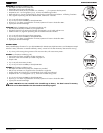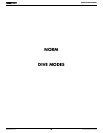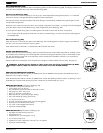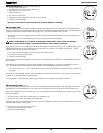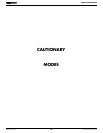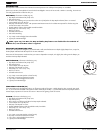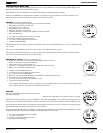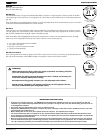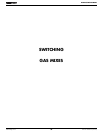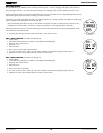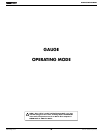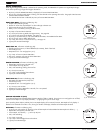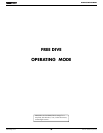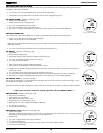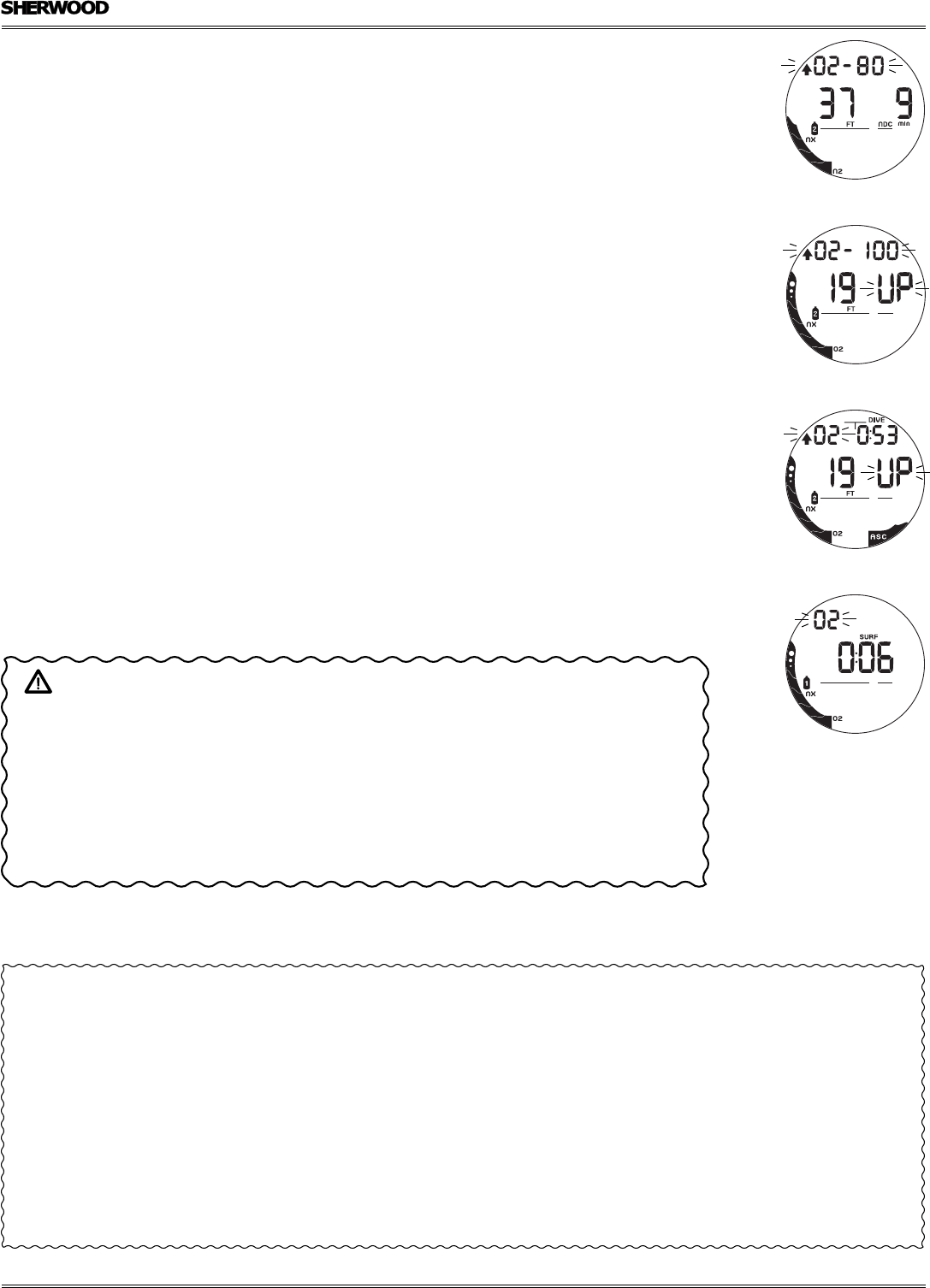
31
AMPHOS DC MANUAL
© 2002 Design, 2012 Doc. No. 12-5301-r01 (12/17/12)
HIGH O2
Warning at 80% (240 OTU).
Alarm at 100% (300 OTU).
O2 Warning
If the theoretical amount of oxygen accumulated reaches 80% of the limit for a single exposure or 24 hour period, the Audible
will sound during which the Up Arrow icon and graphics O2 - 80 will flash in place of EDT time (or if in Deco Stop Depth/Time)
(Fig. 85).
When the audible is acknowledged/silenced, EDT (or if in Deco Stop Depth/Time) will be restored and the Up Arrow will remain
on solid until O2 decreases below 80% then it will be removed.
O2 Alarm
If O2 continues to increase and reaches 100% of the limit (300 OTU), the Audible will sound again during which the Up Arrow
icon and graphics O2 - 100 will flash in place of EDT time (or if in Deco Stop Depth/Time), the graphic UP will flash in place of
DTR, and the full O2BG will be displayed in place of the NIBG (Fig. 86).
When the audible is acknowledged/silenced, EDT will be restored (even if in Deco when Stop Depth/Time will be removed),
while the Up Arrow and graphics O2 and UP will continue to flash until on the surface (Fig. 87).
• S (< 2 sec) to acknowledge/silence the Audible.
• A (< 2 sec) to view ALTs.
• M (2 sec) to access the Gas Switch Preview.
• L (press) to activate Backlight.
O2 Alarm on Surface
Upon surfacing while O2 is 100%, the graphic O2 will flash in place of Nor for the first 10 minutes (Fig. 88) then alternate with
Nor until O2 decreases below 100% (O2BG recedes to 4 segments) at which time O2 will be removed.
Fig. 85 - O2 WARNING
(during audible)
Fig. 86 - O2 ALARM
(during audible)
Fig. 87 - O2 ALARM
(after audible)
Fig. 88 - O2 ALARM
(on surface < 10 min)
WARNINGS:
Making decompression dives without the proper preparation and training will place
you in an unnecessarily dangerous situation.
Existing data for making planned decompression dives is limited, and virtually non-
existent for repetitive decompression diving.
Decompression diving greatly increases your risk of decompression sickness.
Special training, equipment, and support are necessary for diving deeper than the
maximum recommended sport diving depth limit(s).
RESPONSIBLE COMPUTER DIVING
• Plan each dive, and dive your plan. The AMPHOS was not designed to make decisions for you, only to provide you with the
information you need to make responsible decisions for yourself. This begins with a dive Plan that will help you avoid a low air
or decompression situation.
• Do not plan any dive that exceeds your training or experience level.
• Inspect your AMPHOS before every dive. If it shows any signs of damage or abnormal function, DO NOT dive with it until it has
received factory prescribed service.
• Make a Safety Stop at 15 to 20 FT (4.5 to 6 M) at the end of every dive. It's important, don't forget it.
• You should make every effort to complete all of your ascents with the Nitrogen Bar Graph inside the No Decompression zone.
• If you inadvertently entered Decompression, you should not complete your ascent until the Nitrogen Bar Graph is at least inside
the No Decompression Caution Zone.
• While you cannot provide a guarantee against the occurrence of decompression sickness, you may choose your own personal
zone of caution based upon your individual age, physique, excessive weight, training, experience, etc. to reduce the statistical
risk. By not pushing the limits, you can establish and adjust your personal level of conservatism and margin of safety.



